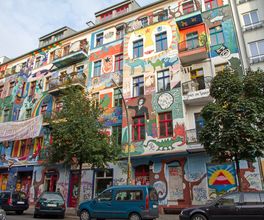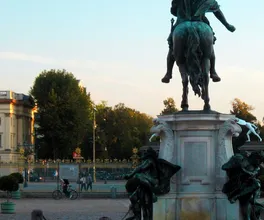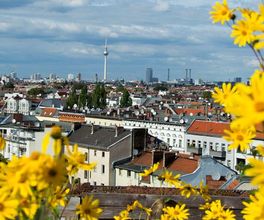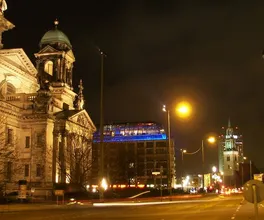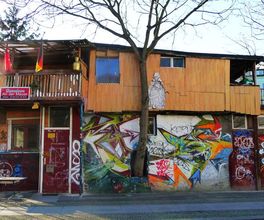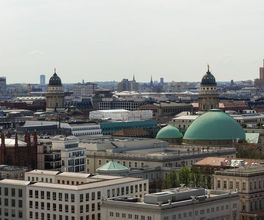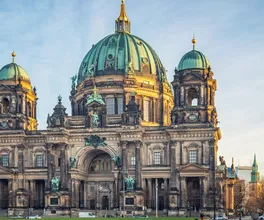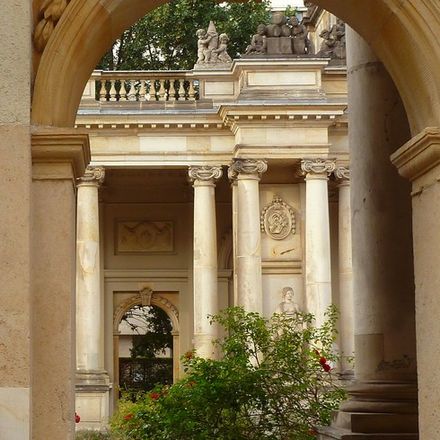
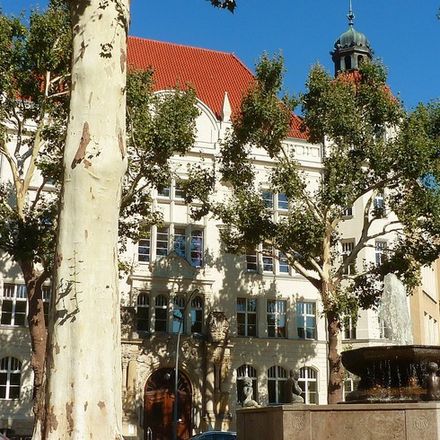



About this experience
To better understand Berlin, it is definitely worth a visit to the historic Schöneberg. You will cross its streets and squares: from the famous department store KaDeWe through the historically proud Schöneberg, with clubs and beer gardens that have been oriented towards queer culture since the late 19th century. You will enter the 'Jewish Switzerland', where Einstein lived. Walking on the stones that remember Marlene Dietrich, Isadora Duncan, and Marina Tsvetaeva, you will pass through the most authentic Berlin districts, as well as areas with coworking spaces for young startup entrepreneurs, and learn why it was here that John F. Kennedy pronounced the historic 'Ich bin ein Berliner'.
What to Expect
An ancient place that surpassed its time
It's worth turning into the alleys south of the center of West Berlin - and in front of you is the multifaceted Schöneberg, a district with a rich past, interesting stories of the present, and an enticing future. It became the second city in Germany to build its own metro at the end of the 19th century, and in 1912 it was absorbed by Berlin. Revolutionary figures such as Karl Kautsky and Rosa Luxemburg preferred its free spirit, while celebrities from Esenin, Mayakovsky, and Pasternak to David Bowie loved its tolerance and endless partying in Nollendorfkiez. Here the events of Christopher Isherwood's novel 'Goodbye to Berlin' take place, and it is here that the cult anti-Nazi film 'Cabaret' with Liza Minnelli and Michael York was shot. Now in Akazienkiez, newcomers hipsters are displacing traditional visitors of bars and restaurants living nearby, while the government in the Schöneberg town hall unsuccessfully tries to control rising prices, echoing 'One cannot be too fashionable!'.
Approximately halfway through, we will stop by one of the typical Schöneberg little restaurants.
Non-trivial plots and places of Schöneberg
In the sad past, here in the building of the Berlin Court of Appeal, the National Socialists were condemned for jokes and here Hitler demanded to hang the guilty 'like carcasses' for treason. Very close by, if you are interested, I will show you a four-story reinforced concrete bunker from the Third Reich era, one of the few remaining buildings of the so-called 'Germania World Capital', and the place where in 1943 Joseph Goebbels declared total war to the world. Now on the cobblestones of Schöneberg, you will find copper plates with the names of deported Jews, and in the Bavarian quarter - 'Places of Remembrance' with quotes of anti-Semitic laws of the National Socialist era.
You will peek into the ornate entrances and inner courtyards of affluent residential buildings from the imperial era, as well as into the district of the oldest child shelter in Berlin, which is now a multicultural integrative kindergarten. You will see where the market square, known since the 13th century, is hidden, where farmers' markets and the best flea markets still take place, and at Christmas - charity bazaars.
We will descend and walk through several metro stations from 1904-1907. You will be amazed by the riot of architectural styles in Schöneberg: from Baroque, Rococo, Historicism, and Modernism of churches and residential quarters - to trendy contemporary architectural projects.
Of course, the route will cover not only historical sights but also the most interesting and relevant in today's Schöneberg.
Who is the tour for
Travelers over 18 who want to see more than just the 'postcard' sights of Berlin and look at the city from an unusual perspective.
Organizational Details
Drinks and food are optional and not included in the tour price.

